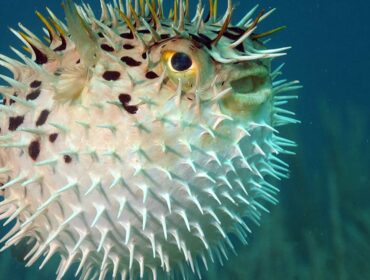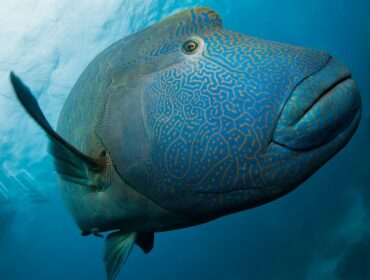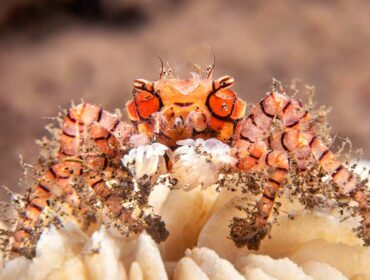Most divers are delighted by the sight of colorful, slug-like gastropods making their way along the ocean floor. Combing through underwater photos, it is common to see these silt-dwellers called “nudibranchs,” “opisthobranchs,” or “cryptobranchs.” What’s the difference? As it turns out, it is not unlike the difference between carnivores, canines, and wolves.
The three terms are stepping stones along animal taxonomy. Starting at the bottom of the taxonomical scale, “cryptobranchs” are a family of nudibranchs which are, in turn, a variety of opisthobranch. “Opsithobranch” is a subclass of the Gastropoda class of mollusks.
Opisthobranch Subclass
The opisthobranch subclass is a diverse group of soft-bellied mollusks. In addition to the Nudibranchia family, the subclass also includes some sea slugs, sea butterflies, and sea angels. The term “opisthobranch” refers to the creatures’ gills being behind their hearts. The stalk-like projections from their head region are tentacles used for touch, taste, and smell. Many of them are toxic, and their diets are as varied as the class’ members.
Nudibranchia Order
One of opisthobranch’s many subfamilies is the famous Nudibranchia. There are over 3,000 members of the family, and most of them sport the bright colors and amazing forms that draw divers to the family. Some have evolved to mimic coral, others show off bright patterns to warn of their toxicity, while still others play dead in order to save themselves from predators. While they are commonly called sea slugs, not all sea slugs belong to this family.
Cryptobranch
“Cryptobranch” is short for “cryptobranch dorid nudibranch.” They are members of the family Doridoidea and get their name from their ability to hide their gills in pockets in their bodies. There are 28 recognized varieties of cryptobranchs with dozens of species in each. Most of them are deep sea dwellers common to the tropical West Pacific.
The riddle at hand is just a matter of classification. All crytobranchs are nudibranchs, and all nudibranchs are opisthobranchs. The differences might not be easy to see when diving, but it will be easier to identify the creatures in photos later.





